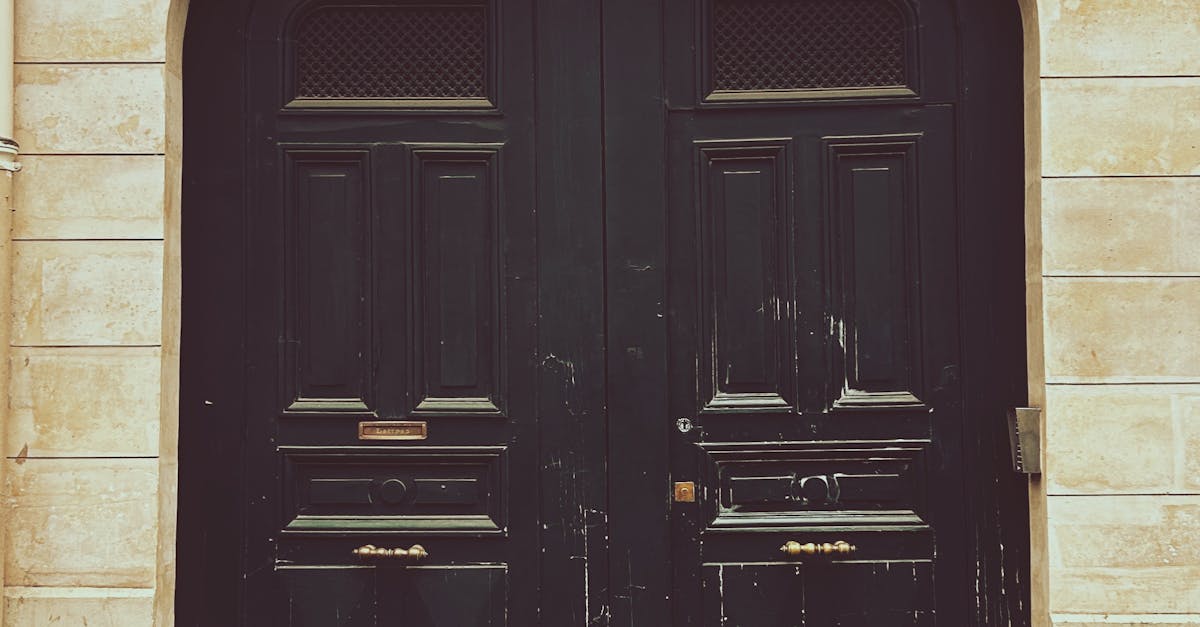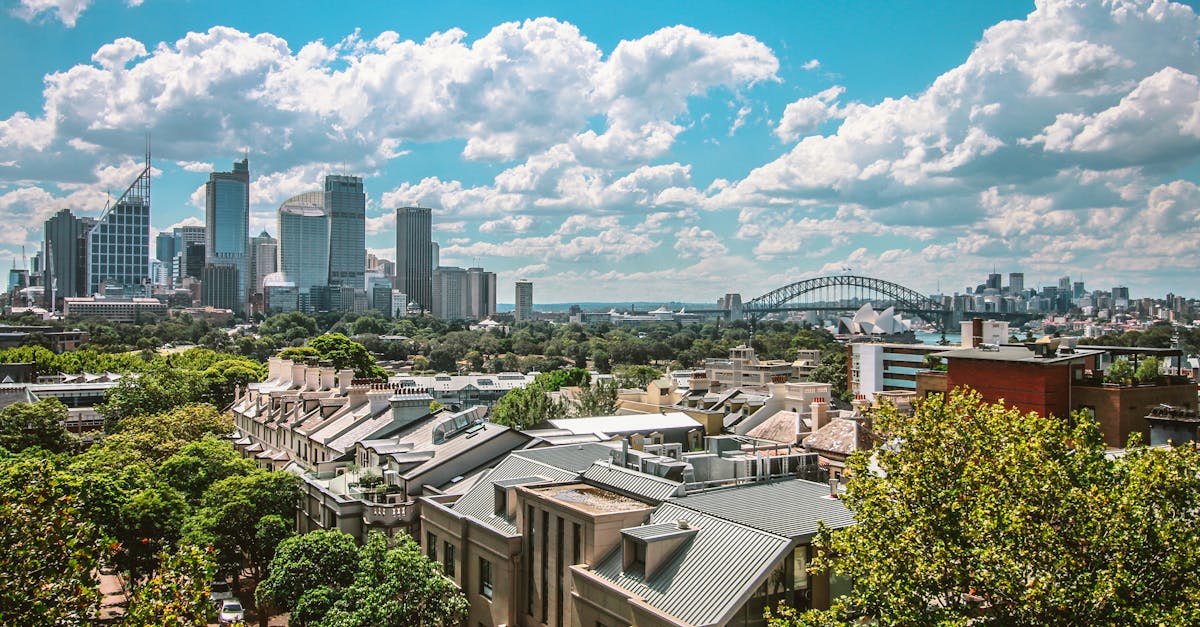
Table Of Contents
Choosing the Right Plumber
Choosing the right plumber for shower faucet installation and repair is crucial to ensure a smooth and efficient process. Start by seeking recommendations from family, friends, or neighbours who have recently undertaken similar projects. Online reviews and ratings can also offer insights into a plumber’s reliability and quality of work. It’s important to verify their qualifications, including licenses and insurance. A qualified plumber not only guarantees adherence to local codes but also provides peace of mind during the installation process.
When you have a shortlist of potential plumbers, check their experience specifically in faucet installation and repair. Conduct interviews and ask about their previous projects, ensuring they have a track record of handling similar installations. It's essential to get a clear understanding of their fees, as well as the estimated time for completion. Clear communication regarding expectations helps establish a good working relationship, which is vital for a successful outcome.
Key Qualifications to Look For
When looking for a qualified plumber for faucet installation and repair, you should prioritise their experience in the field. An established plumber will have a track record of successfully completing similar projects. Understanding various plumbing systems is crucial for ensuring the installation goes smoothly. Checking reviews or testimonials can provide insight into their reliability and expertise.
Licensing and insurance are critical qualifications to verify before hiring a plumber. A licensed plumber adheres to local regulations and industry standards. Insurance protects both the homeowner and the plumber in case of accidents or damages during the installation process. Requesting credentials upfront helps ensure you are hiring someone equipped to handle faucet installation and repair effectively.
Common Issues Encountered During Installation
During the installation of a new shower faucet, several common issues can arise that may lead to complications. Incorrect measurements of the existing plumbing can result in an ill-fitting faucet, leading to leaks and insufficient water flow. This is often compounded by outdated or incompatible piping, which might necessitate additional plumbing work. Homeowners may also face challenges if the existing fixtures are rusted or corroded, creating difficulties in removal and replacement.
Faucet installation and repair can sometimes involve dealing with unexpected water pressure problems. High pressure can lead to an increased risk of leaks, while low pressure might indicate a blockage or malfunction within the plumbing system. Additionally, if the installation does not adhere to local plumbing codes, the homeowner could face future compliance issues, potentially resulting in costly rework and fines. Proper planning and hiring a qualified professional are key to minimising these issues.
Troubleshooting Potential Problems
Identifying and addressing potential problems during faucet installation and repair is crucial for ensuring everything operates smoothly. Common issues may arise due to improper fittings or incompatible parts. If you notice leaks around the connections, it may indicate that the seals were not fitted correctly. Inspecting these areas can help determine if tightening or replacing washers is necessary.
Another common concern during faucet installation is inconsistent water pressure. This issue may stem from blockages in the lines or air trapped in the system. Running the water for a few minutes can sometimes resolve this, but if the problem persists, checking for obstructions and consulting a professional for comprehensive inspections may be warranted. Taking the time to troubleshoot these potential problems can save time and money in the long run.
Maintenance Tips for Shower Faucets
Regular maintenance is crucial for ensuring the longevity and optimal performance of your shower faucet. Simple practices such as checking for leaks, ensuring that fittings are tight, and inspecting the showerhead for mineral buildup can prevent larger issues down the line. Keeping the faucet clean with appropriate non-abrasive cleaners helps maintain its finish and functionality. Remember to test the flow and temperature settings periodically to identify any irregularities early.
In addition to routine checks, consider scheduling professional maintenance every couple of years. An expert can conduct a thorough inspection and address any potential problems that may not be visible during casual observations. When seeking assistance, look for professionals well-versed in faucet installation and repair, as their expertise can save time and money in the long run. Keeping an eye on small details enhances the usability and extends the life of your shower fixtures.
Regular Checkup Practices
Regular check-ups for shower faucets play a crucial role in maintaining optimal functionality. Inspecting the faucet components for wear and tear helps to identify potential issues before they escalate. Look for signs of corrosion or leaks around the faucet and showerhead. This proactive approach not only safeguards against water wastage but also prolongs the lifespan of your fixtures.
In addition to visual inspections, it's wise to test the water flow and temperature regularly. Uneven flow or difficulty in adjusting temperature settings can indicate underlying problems. Keeping a record of maintenance practices can assist in tracking any recurring issues. For those unfamiliar with plumbing specifics, engaging a professional is a prudent choice. Faucet installation and repair services can ensure that any complications are swiftly addressed, preserving the efficiency of your shower system.
FAQS
How much should I expect to pay for a new shower faucet installation?
The cost of installing a new shower faucet typically ranges between AUD 150 to AUD 500, depending on factors such as the type of faucet, the complexity of the installation, and the plumber's rates.
Are there additional costs beyond the installation fee?
Yes, additional costs may include the price of the faucet itself, any necessary plumbing parts, and potential repairs to existing plumbing. It’s also wise to factor in the cost of any permits that may be required.
How long does it usually take to install a shower faucet?
The installation of a shower faucet usually takes between 1 to 3 hours, depending on the complexity of the job and whether any additional plumbing work is needed.
What should I look for when choosing a plumber for installation?
When choosing a plumber, look for key qualifications such as licensing, insurance, experience with shower faucet installations, and positive customer reviews to ensure quality service.
Can I install a shower faucet myself to save money?
While it's possible to install a shower faucet yourself, it requires a certain level of plumbing knowledge and skill. If you're unsure, hiring a professional plumber can help avoid costly mistakes and ensure the job is done correctly.





























